'You shouldn’t be riding 40mm tyres in a gravel race' — Dylan Johnson on tyre optimisation, wind tunnel testing and growing up as 'a weird kid who only cared about bikes’
Anne-Marije Rook geeks out with pro racer, cycling coach and YouTuber Dylan Johnson about the gravel racing tweaks that can make you faster
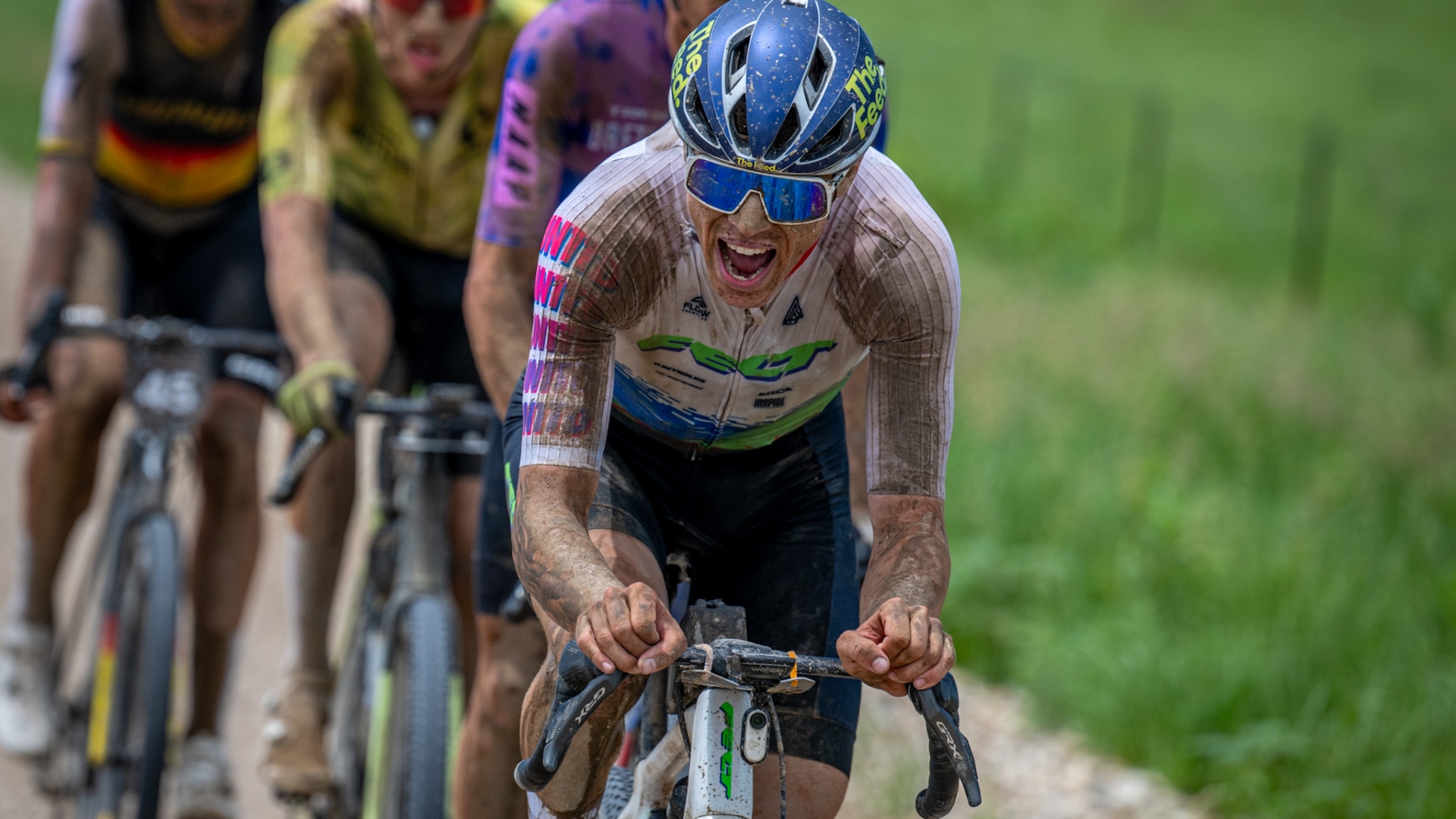
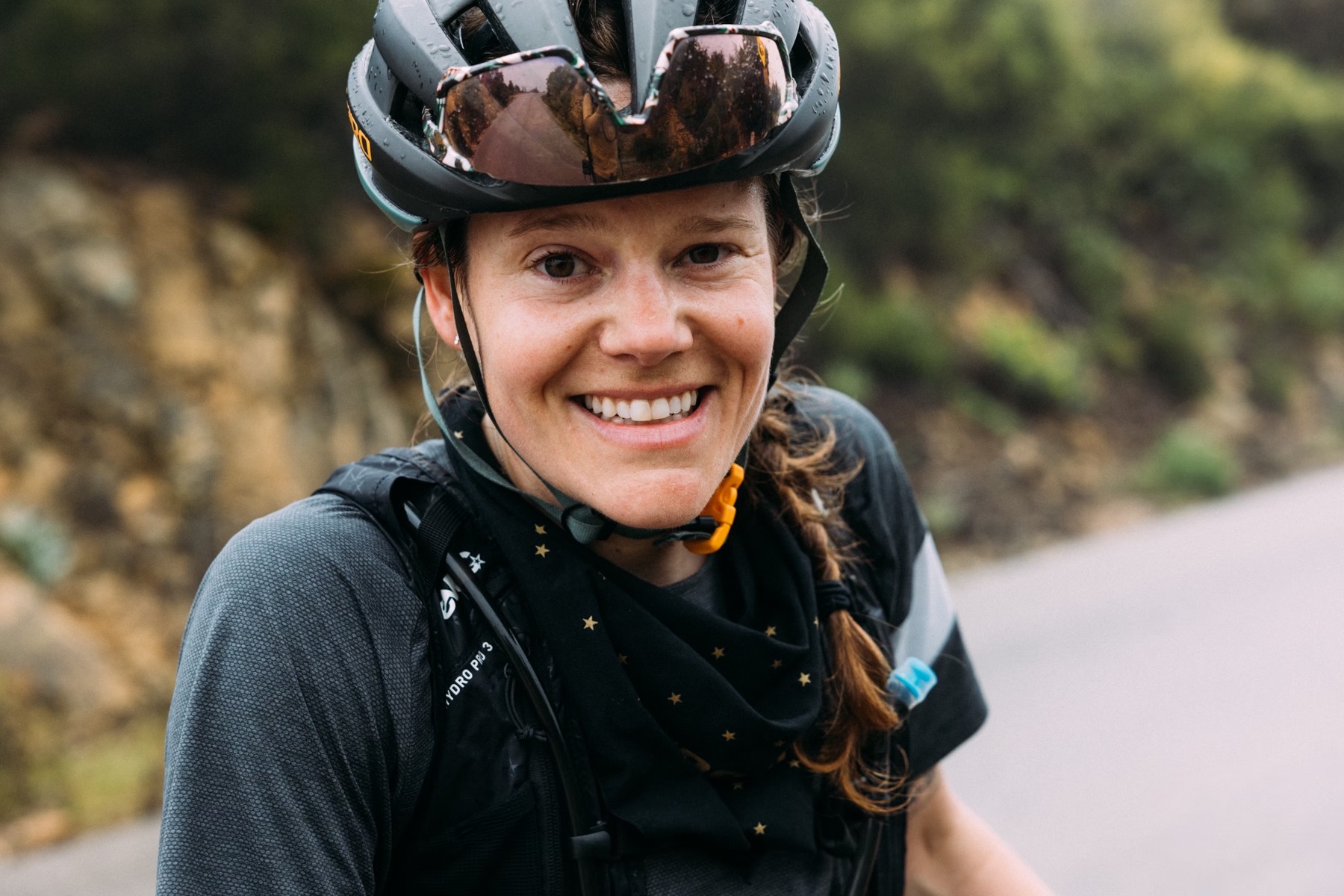
If you’re into gravel racing, chances are you’ve stumbled across Dylan Johnson’s YouTube channel, where he unpacks everything from training tips and tyre tread to crank lengths with the precision of a lab tech and the enthusiasm of a kid permanently stoked on bike life—because, well, that’s pretty much who he is.
Johnson’s been hooked on cycling since he was a self-described “weird kid that only cared about riding bikes.” Fast forward a couple of decades, and he’s now a top-10 Unbound Gravel finisher, a respected coach running his own business, and a consistent face in the Life Time Grand Prix. Oh, and he’s racked up more than 193,000 YouTube subscribers along the way by sharing his “very strong opinions about cycling,” as he puts it, backed by science, training insights and the occasional hot take.
“Influencer, YouTuber, Racer—all three are accurate,” Dylan says. “But I think the one that I'm the most proud of is being a racer.”
Johnson began his racing career as a teenage mountain biker, excelling in ultra-endurance events and ultimately becoming the youngest winner of the National Ultra Endurance (NUE) Series in 2016 at the age of 21—a title he secured three times. He earned an exercise science degree from Brevard College in 2017 and initially worked as a coach at Carmichael Training Systems (CTS). Later, he established his own coaching business and launched his YouTube channel around 2019, focusing on cycling science, training, race analysis and gear optimisation.
He’s been a consistent competitor in the Life Time Grand Prix since its inception four years ago, which, he says, hosts the most competitive racing in the US. Now on the cusp of breaking into the series’ top 10, Johnson is chasing every last marginal gain. A self-described “optimiser” at the core, he’s constantly tweaking his nutrition, setup and tyres—be it running drop bars in a mountain bike race or mountain bike tyres in a gravel race. It’s his experiments, wind tunnel trips, and willingness to try new things that make him so compelling to watch.
We caught up with Johnson to geek out over everything from wind tunnel testing to tyre choice and what it’s like turning a lifelong obsession into a multi-pronged career. Spoiler alert: you may not like his findings.
Q&A with Dylan Johnson
The interview below was edited for clarity, flow and length.
Get The Leadout Newsletter
The latest race content, interviews, features, reviews and expert buying guides, direct to your inbox!
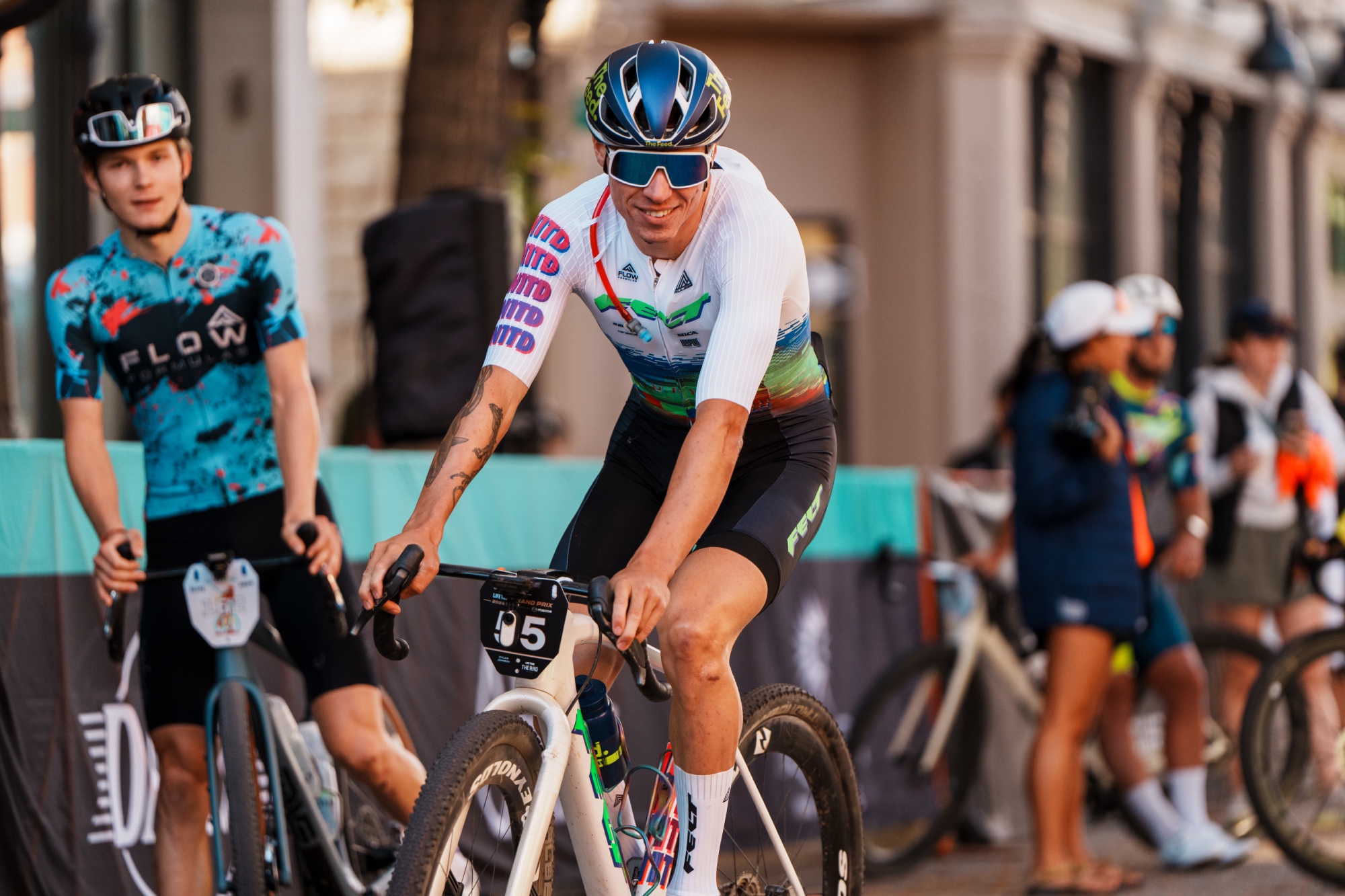
Cycling Weekly: You grew up racing, and even as a junior, your were already doing longer distance stuff. That’s pretty rare at that age. What drew you to that?
Dylan Johnson: I did my first hundred-mile mountain bike race at 15. And you’re right, there were just two of us under the age of 18 in a field of maybe a thousand people. I think even at that age, I was better at longer stuff relative to my competition than shorter stuff, which is unusual. Most kids who get into cycling are better at the shorter stuff and in a longer race, they can't hang because they just don't have the miles under their belt yet. But for me, it was a type of racing that I was both good at and that I enjoyed.
There was a brief period of time–around are 17 or 18–where I was trying to be a traditional XCO mountain bike racer, but I actually don't think that my physiology is very well set up for punchy hour and a half races I think it's better set up for five- to 10-hour steady power races.
And your psychology? Especially as a junior, how did you find the discipline and stayed focused and on top of your power and all that?
Yeah, I don't know. I was a weird kid, I guess. I wasn't very socially aware when I was in high school. Like, I went to a high school that had typical popular kids and whatever geeks and clicks but I didn't even realise that while I was there. All I cared about was riding my bike.
I've been this way my whole life: I can become extremely mono-focused about whatever I'm interested in. That was certainly the case with cycling and that was the case with YouTube when I first got into the YouTube channel. When I have my mind set on something, that's all I think about.
You wear many hats: YouTuber, racer, coach. Does YouTube allow you to be a racer or does being a racer allow you to create the content that you do?
At this point in my life, I would say I spend more time training than I do working on YouTube videos, and I'm very much on the cusp of being able to make a living [just] racing my bike.
In my early 20s, before I had the YouTube channel, I had sponsors but they didn't necessarily pay me a lot. It may just have covered travel expenses and gear. And then I got the Youtube channel, and more sponsors became interested. I think for a while, it seemed like the sponsors were more interested in the YouTube channel than the racing but then the Life Time Grand Prix came around.
I assume that if you were to survey my sponsors and ask, 'What do you care more about from Dylan, his racing or his YouTube channel?' I think you might actually get split opinions. Some might say racing, some might say YouTube. Obviously, both help each other, and I think every sponsor appreciates both.
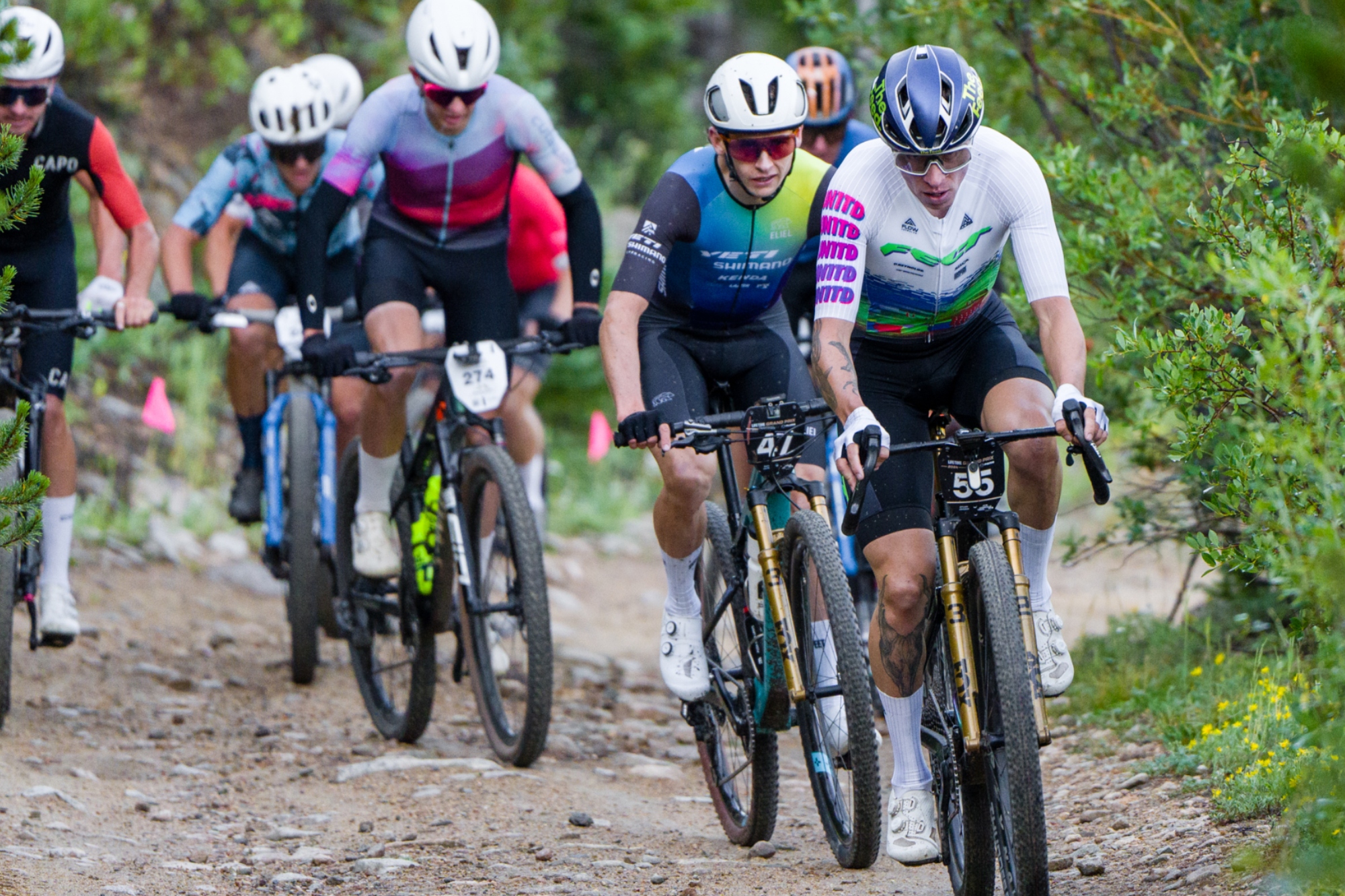
Dylan Johnson at the Leadville 100 -- riding a drop bar in a mountain bike race
What got you into doing all the testing and the tech aspect that you're becoming known for?
Anybody who's been following my channel since its beginning knows that I started the channel as a science-based cycling YouTube channel, which I felt was a niche that wasn't filled. It was very much training-focused, not necessarily tech-focused. Things like, ‘does weightlifting improve your performance?’, ‘What does an optimal training week look like?’, ’Do these supplements work?’ – those kinds of videos. Basically, what I did was I looked at the research and then I just regurgitated the research on my channel.
But tech is something that's always interested me about the sport of cycling. I’m very much an optimiser. When it comes to racing, I do like to have optimal equipment, whether that be the lightest bike or the most aero or the most efficient drive train, lowest rolling resistance tyres, et cetera. So naturally, I started talking more and more about the tech side.
Some of the first videos that kicked that off were an interview series with Josh Poertner of Silca. We talked about aerodynamics, tyre rolling resistance, and drivetrain efficiency. I made a couple of videos out of that interview, and to this day, those videos are still some of the highest-viewed videos on my channel. People really like that.
Since I started racing professionally, I’ve been testing various equipment, so it was only natural that I started talking about it on the channel.
Have you always used yourself as a guinea pig for testing new ‘optimisations’?
For the science-based training videos, I was not using myself as a guinea pig – I was looking at peer-reviewed literature. Some of the more recent tech videos, there's obviously no peer-reviewed literature on yet, like the aerodynamics of different bikes or tyre rolling resistance so some of that has been my own testing. I've been to the wind tunnel three times now, made videos about all those trips and what I found.
I do enjoy geeking out a lot, and I could see myself going further down that route when I retire from racing. I fully enjoy both sides of the sport [the racing and the tech behind it] and when I get into a wind tunnel, I mean, you should have seen me when we were tyre testing at Silverstone, I was fully geeked out the whole time!
What has been the most surprising element in your tech testing or a surprising finding?
If there's anything that I've found in the last few years that people in general are probably the most surprised about—and this included me when I first tested it—it has to do with putting mountain bike tyres on a gravel bike. Not with the intention of making it a more all-purpose bike but with the intention of going faster in a gravel race.
The reason I tested it [at the Silverstone windtunnel] is because I tested it in the real world and I found that it was faster. When you're actually riding on gravel, somewhat counterintuitively, a large-volume mountain bike tyre with thin casing is actually faster than most gravel tyres on the market. And that's probably the most surprising finding. There are still a lot of people who are really skeptical, and rightly so, but it is.
"It’s my opinion is that we're not on the right tyres. You shouldn't be riding a 40mm tyre in a gravel race. It's too narrow."
Can you briefly explain why?
Gravel tyres have to be a certain thickness to not puncture, which is actually quite thick. And, honestly, they still get a lot of punctures. Puncturing in a gravel race is one of the biggest issues that gravel racers have. Gravel racers get more punctures than mountain bike racers and mountain bike racers race on worse terrain than gravel racers, which is kind of unacceptable to me.
It’s my opinion is that we're not on the right tyres. You shouldn't be riding a 40mm tyre in a gravel race. It's too narrow.
A mountain bike tyre with a thin casing is kind of the best of both worlds because they puncture less and the thinner the casing, generally, the lower the rolling resistance of the tyre. If you actually look at the casing thickness of say, a Schwalbe Thunderbird or a Continental Race King mountain bike tyre, it is thinner than almost any gravel tyre on the market. So when you make a step up to a lightweight cross-country mountain bike tyre with a thin casing, you're getting a lower rolling resistance, and you're not sacrificing, um, puncture resistance.
Editor’s note: Wide bike tyres have been known to puncture less because they’re typically run at lower pressure, have a larger contact patch, knobs to protect the tread, and better shock absorption, which all help spread out force and prevent sharp objects from penetrating.
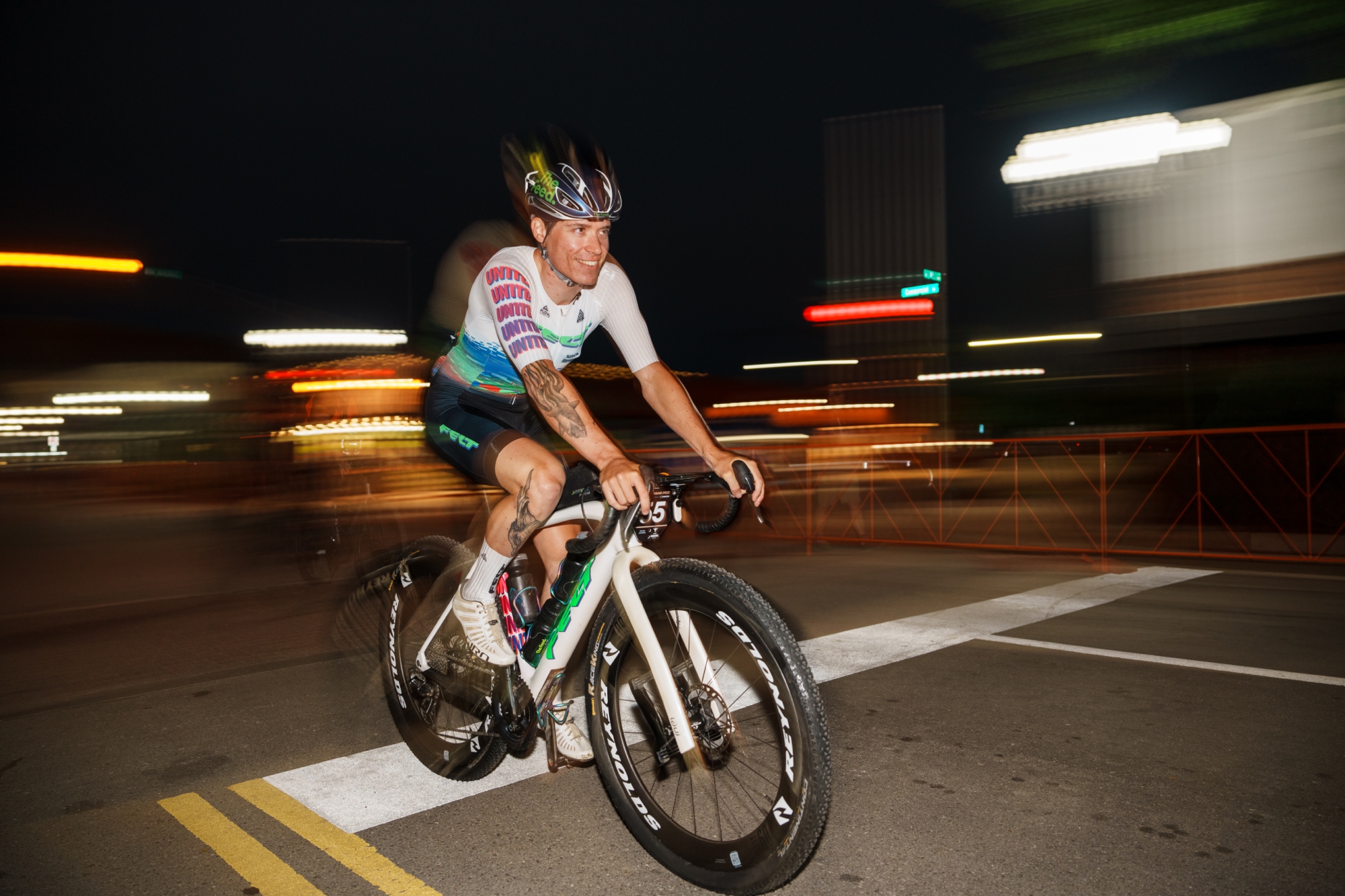
An early start for Dylan Johnson at Unbound Gravel in 2024 where he scored a top-10 finish
Since switching to mountain bike tyres, how often do you puncture now as opposed to before when you were using gravel tyres?
When I'm riding gravel with mountain bike tyres, I almost never puncture. With gravel tyres, it would probably happen, once a month, I would say.
What's interesting about you, among other things, is that you don’t have a tyre sponsor, meaning you can ride any tyre you want. So that begs the question: Which tyres will you be running this season?
I'll probably switch it up depending on the race, but my go-to tyre last year was the Continental Race King 2.2—that tyre got me into the Top 10 at Unbound Gravel. For a lower rolling resistance option—that I don't think is quite as puncture-resistant—I'll do the Schwalbe Thunder Burt 2.1. And then there are some races where there's just so much pavement that you don't necessarily want to be using a mountain bike tyre for. The testing that I did kind of showed that the mountain bike tyre, while the fastest option for bumpy gravel, is not the fastest option on pavement. So when you've got a gravel race that's 60 or 70 percent pavement, like some of the Belgian Waffle Ride courses, there is a trade-off and you may want to go with a 45- or a 40-millimeter tyre. Here, I’d pick maybe a Challenge Strada Bianchi or some of the new Schwalbe options look promising as well.
"Gravel racers get more punctures than mountain bike racers...which is kind of unacceptable to me."
Now, let’s talk aerodynamics.
Oh yeah, that's definitely something I geek out about, too. Some people are of the mindset that aerodynamics doesn't matter for gravel because the speeds are too low but it depends on what your level is. Lachlan Morton's winning average speed last year at Unbound was 22 miles an hour. And that is absolutely a territory where aerodynamics matter.
I've done a lot of geeking out about aerodynamics with a gravel bike, and some of the standout findings we found is that, at least on me, a hydration pack was actually faster [than no hydration pack]. Silca and I tested whether or not deep wheels have any [postive] effect when you put a wide gravel tyre on it; I know a lot of people were thinking there's no point running deep wheels for gravel because that wide tire is negating any effect of the aero wheel. At least in the testing we did, that seems to not be the case. Even with a 55mm or 2. 2 mountain bike tyre, deep wheels were still improving the aerodynamics.
As we’re about to kick off another season of racing, what are your big goals? You had a great performance last year at Unbound - is that the target again this season?
I was very close to getting a Top 10 overall on the Life Time Grand Prix. And if you're 10th or better, you're in the money for the Grand Prix so I think that's got to be my goal this year.
Unbound is my AAA race of the year. Unbound is like the world championships. It’s the most important race by far, and out of all the Grand Prix races, Unbound actually suits me the best, partially because it's the longest one, and I think long races suit my physiology. It’s also a race where aero matters quite a bit and I do think that I have my aero sorted better than most people. And I think it's the least punchy race. Sometimes, when races are really punchy, I struggle.
It’s also just the race that gets the most attention, and as a YouTuber, I'm very aware of this. Any video that you put out that has to do with Unbound just skyrockets in views. So that’s the most, that's the most important race to me by far.
The 2025 Life Time Grand Prix and Johnson's quest for a series top 10 finish kicks off April 10th in Monterey, California, with a 90-mile gravel race at the Sea Otter Classic. Unbound Gravel, the premier 200-mile gravel race in the world, takes place on May 31st in Emporia, Kansas. You can follow Johnson via his YouTube channel or on social media.

Thank you for reading 20 articles this month* Join now for unlimited access
Enjoy your first month for just £1 / $1 / €1
*Read 5 free articles per month without a subscription

Join now for unlimited access
Try first month for just £1 / $1 / €1

Cycling Weekly's North American Editor, Anne-Marije Rook is old school. She holds a degree in journalism and started out as a newspaper reporter — in print! She can even be seen bringing a pen and notepad to the press conference.
Originally from the Netherlands, she grew up a bike commuter and didn't find bike racing until her early twenties when living in Seattle, Washington. Strengthened by the many miles spent darting around Seattle's hilly streets on a steel single speed, Rook's progression in the sport was a quick one. As she competed at the elite level, her journalism career followed, and soon, she became a full-time cycling journalist. She's now been a journalist for two decades, including 12 years in cycling.
You must confirm your public display name before commenting
Please logout and then login again, you will then be prompted to enter your display name.
-
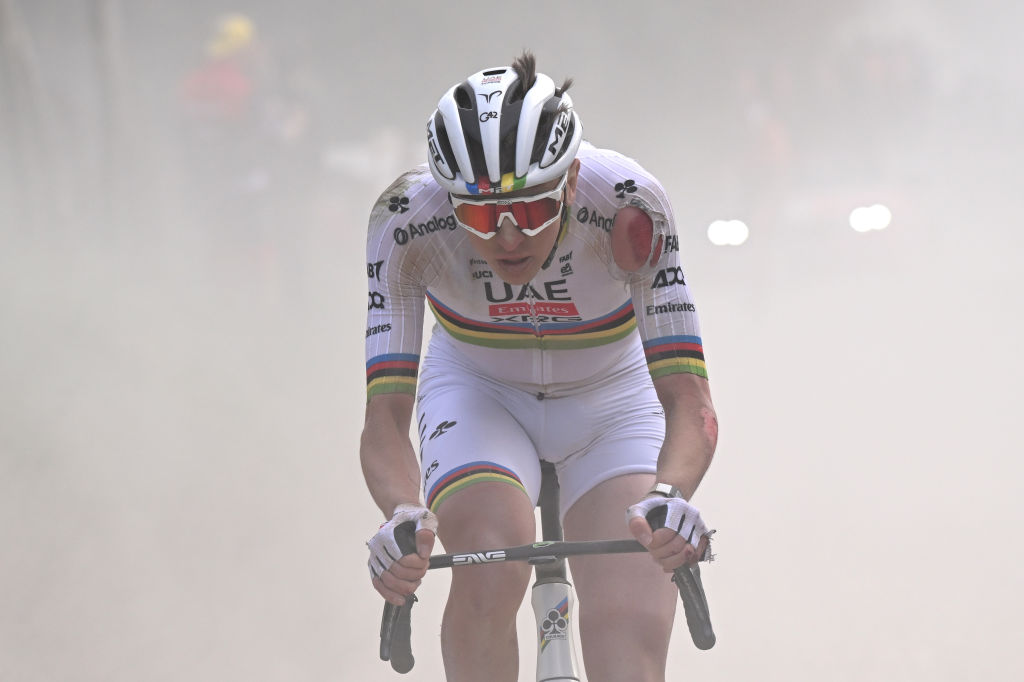 Tadej Pogačar's MET Trenta 3K Carbon is one of the best road cycling helmets on the market – grab it now with 26% off at Tredz
Tadej Pogačar's MET Trenta 3K Carbon is one of the best road cycling helmets on the market – grab it now with 26% off at TredzDeals The MET Trenta features enhanced safety and performance tech including MIPS AIR and now with a whopping £80 reduction, it's a bargain buy
By Paul Brett
-
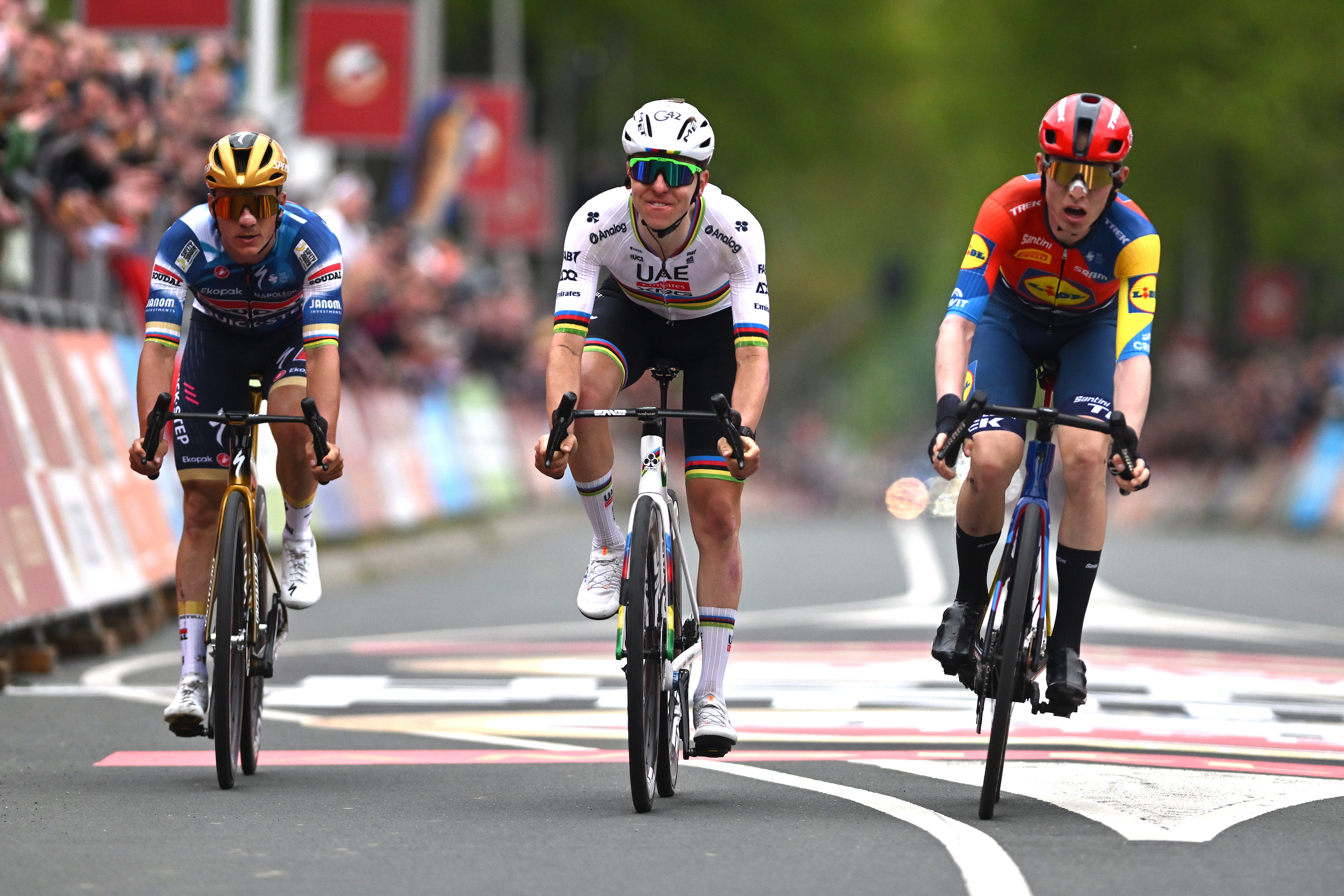 Tadej Pogačar has shown he's fallible - and that's a good thing
Tadej Pogačar has shown he's fallible - and that's a good thingThe Slovenian won’t enjoy losing, but it’s better for brand Pog that he sometimes does
By Adam Becket
-
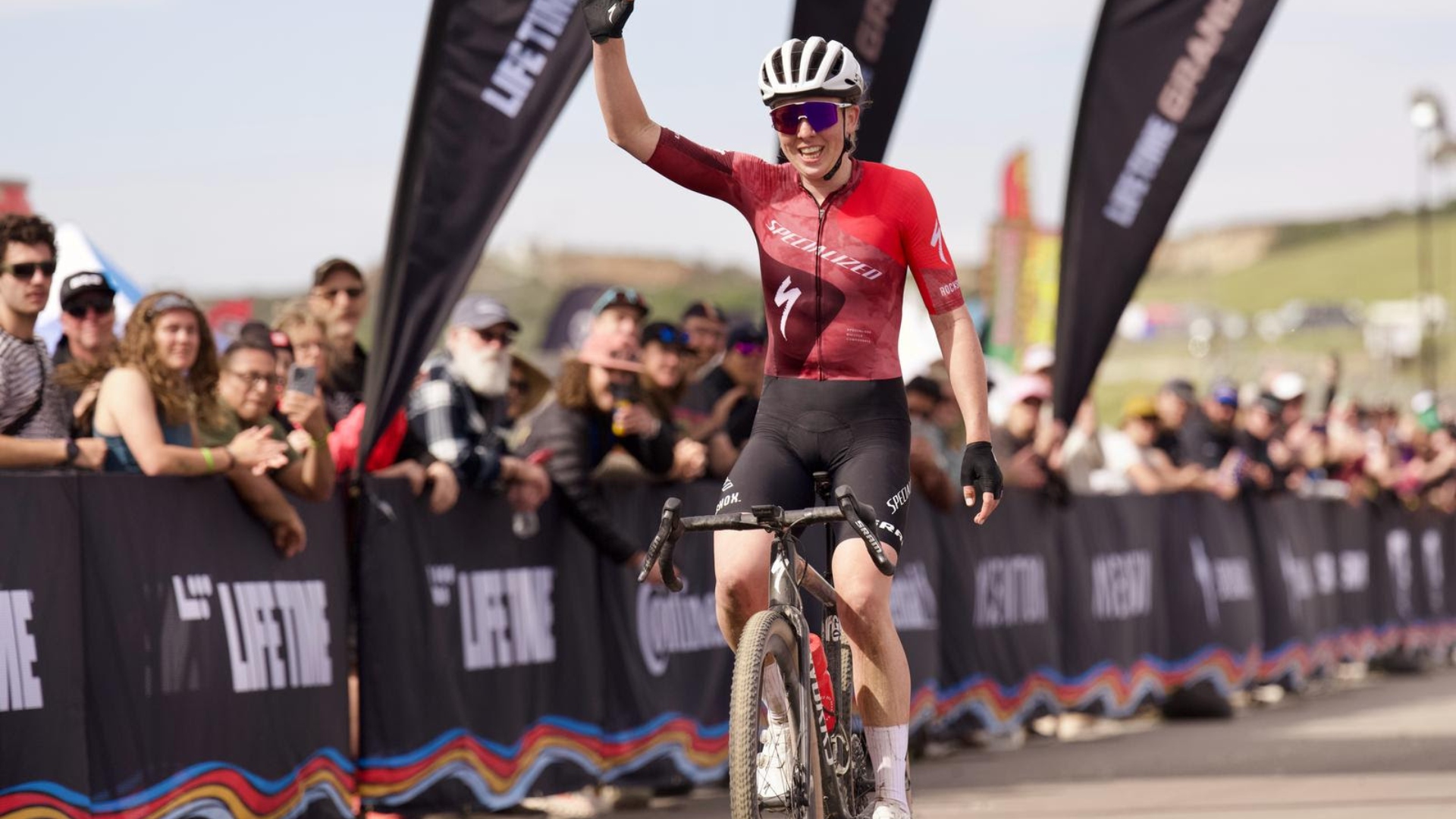 'I gave it everything I had' - Keegan Swenson and Haley Batten win Sea Otter Classic Gravel
'I gave it everything I had' - Keegan Swenson and Haley Batten win Sea Otter Classic GravelOlympic medalist mountain biker Batten crushes her first gravel race; Swenson and Villafane slip into familiar Life Time Grand Prix series leads
By Ryan Simonovich
-
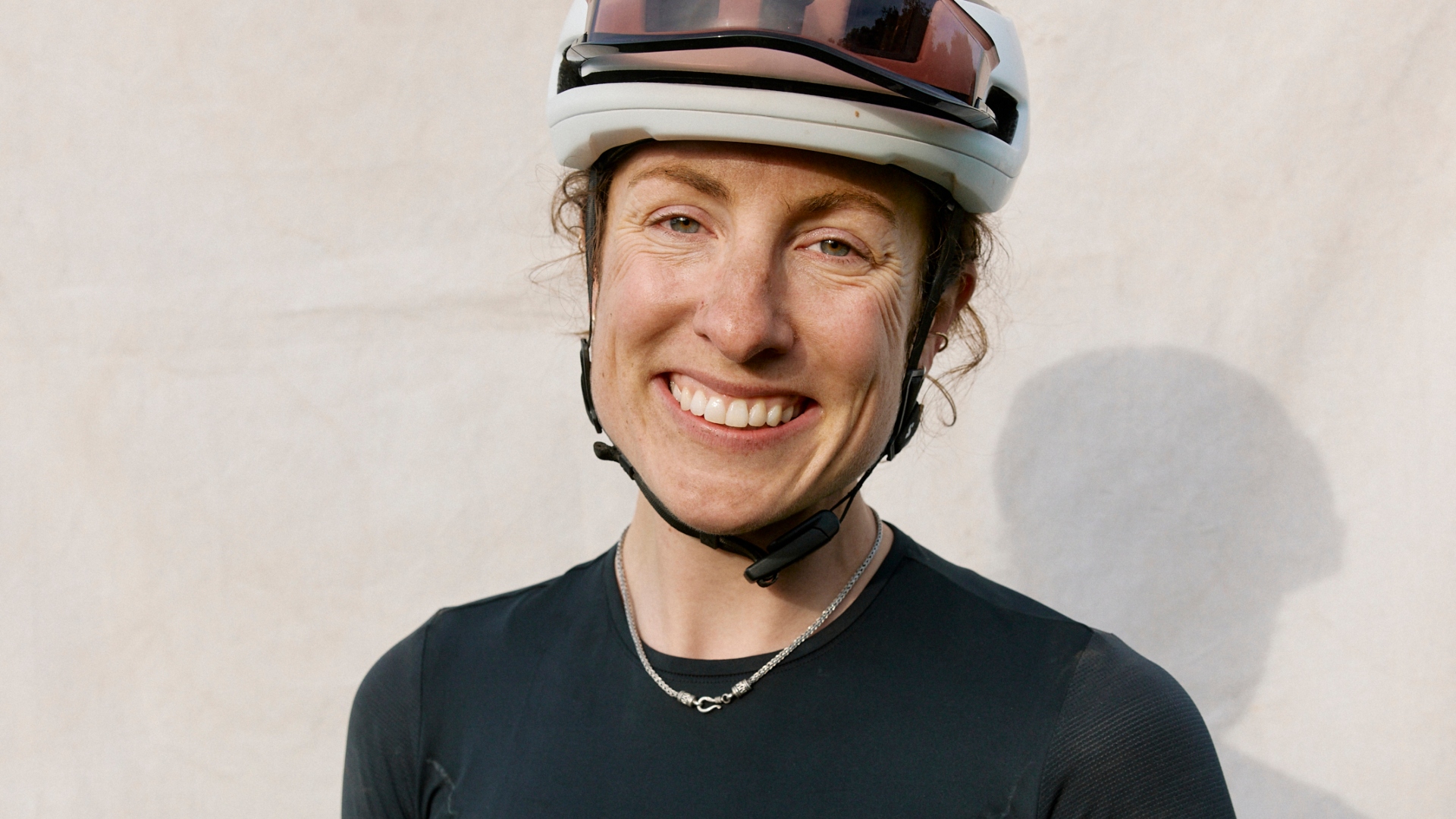 ‘Pursuing racing full-time didn’t make me a better athlete’ — Maude Farrell on why going all-in on sport didn’t bring the success she expected
‘Pursuing racing full-time didn’t make me a better athlete’ — Maude Farrell on why going all-in on sport didn’t bring the success she expected'I realised that it doesn't work for me...and it clearly doesn't work for my bank account,' the dual athlete says
By Anne-Marije Rook
-
 SBT GRVL introduces Women’s Team Race Challenge, expands female participation in sold-out event
SBT GRVL introduces Women’s Team Race Challenge, expands female participation in sold-out eventNew team-based format encourages amateur female cyclists to race together, offering a $3,000 prize purse and additional registration spots
By Anne-Marije Rook
-
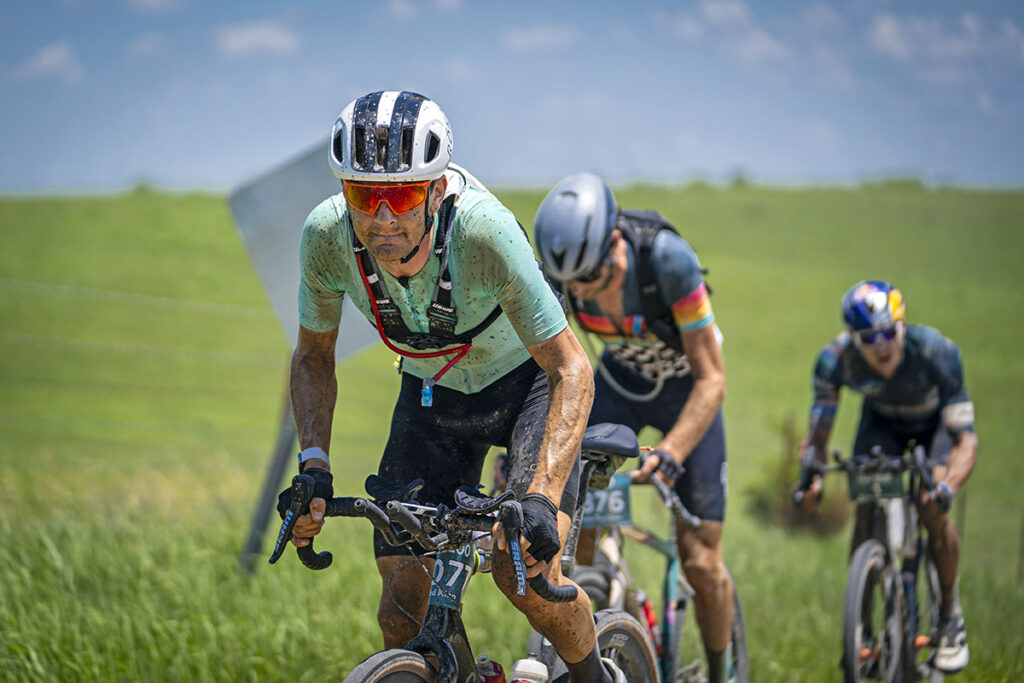 Ted King to be inducted in the Gravel Cycling Hall of Fame
Ted King to be inducted in the Gravel Cycling Hall of FameKing is joined by LeLan Dains, John Hobbs, Ted King and Amanda Nauman-Sheek in the inductees class of 2025
By Anne-Marije Rook
-
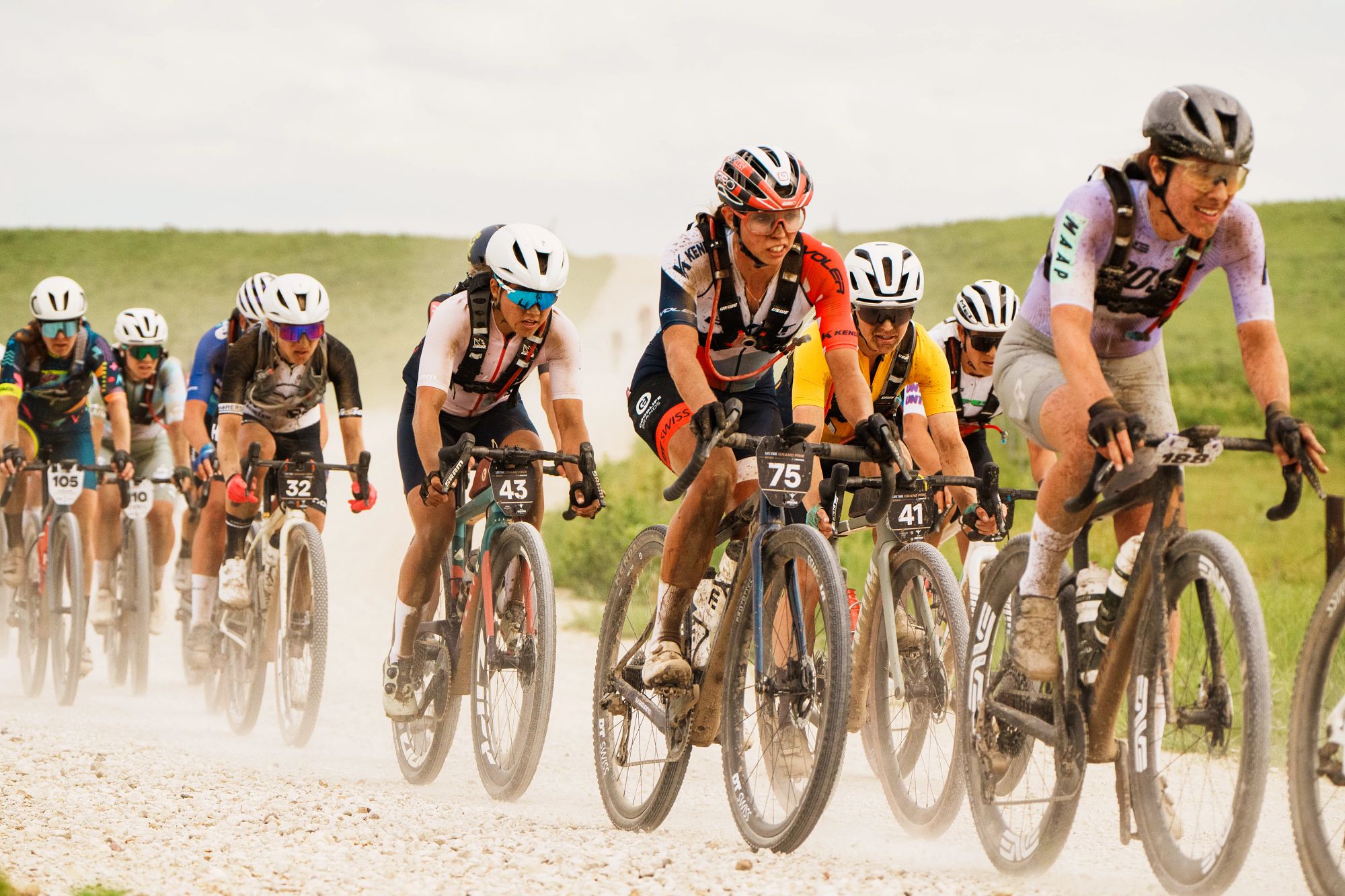 Six increasingly bold predictions for gravel cycling in 2025
Six increasingly bold predictions for gravel cycling in 2025New race tactics, live coverage, mountain bike tyres and more. You read it here first, folks.
By Logan Jones-Wilkins
-
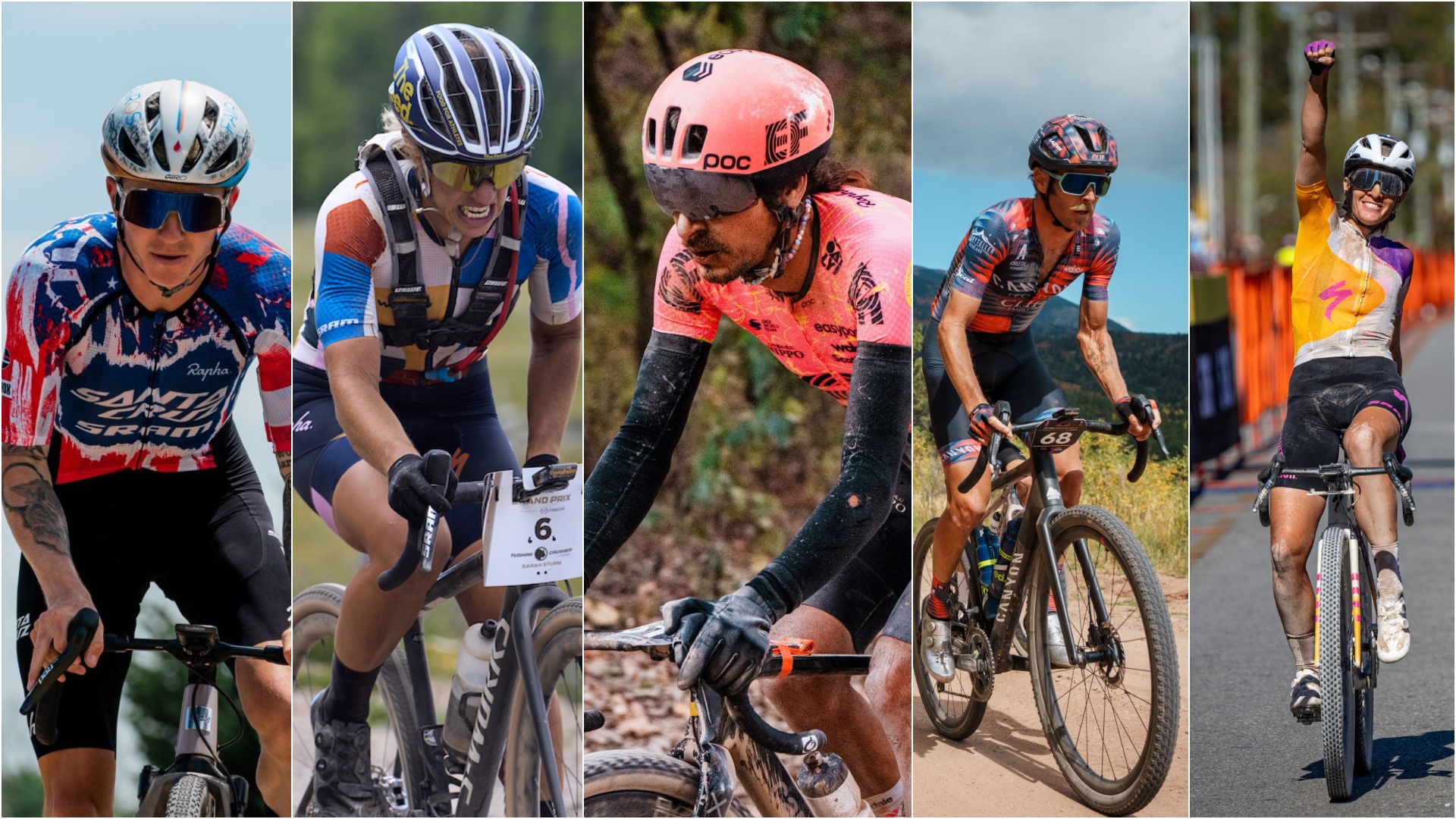 Gravel cyclists aren't all the same: a guide to the climbers, punchers and all-rounders of the dirt roads
Gravel cyclists aren't all the same: a guide to the climbers, punchers and all-rounders of the dirt roadsAs this dynamic discipline establishes itself, so do its archetypes — though the lines remain blurred
By Ryan Simonovich
-
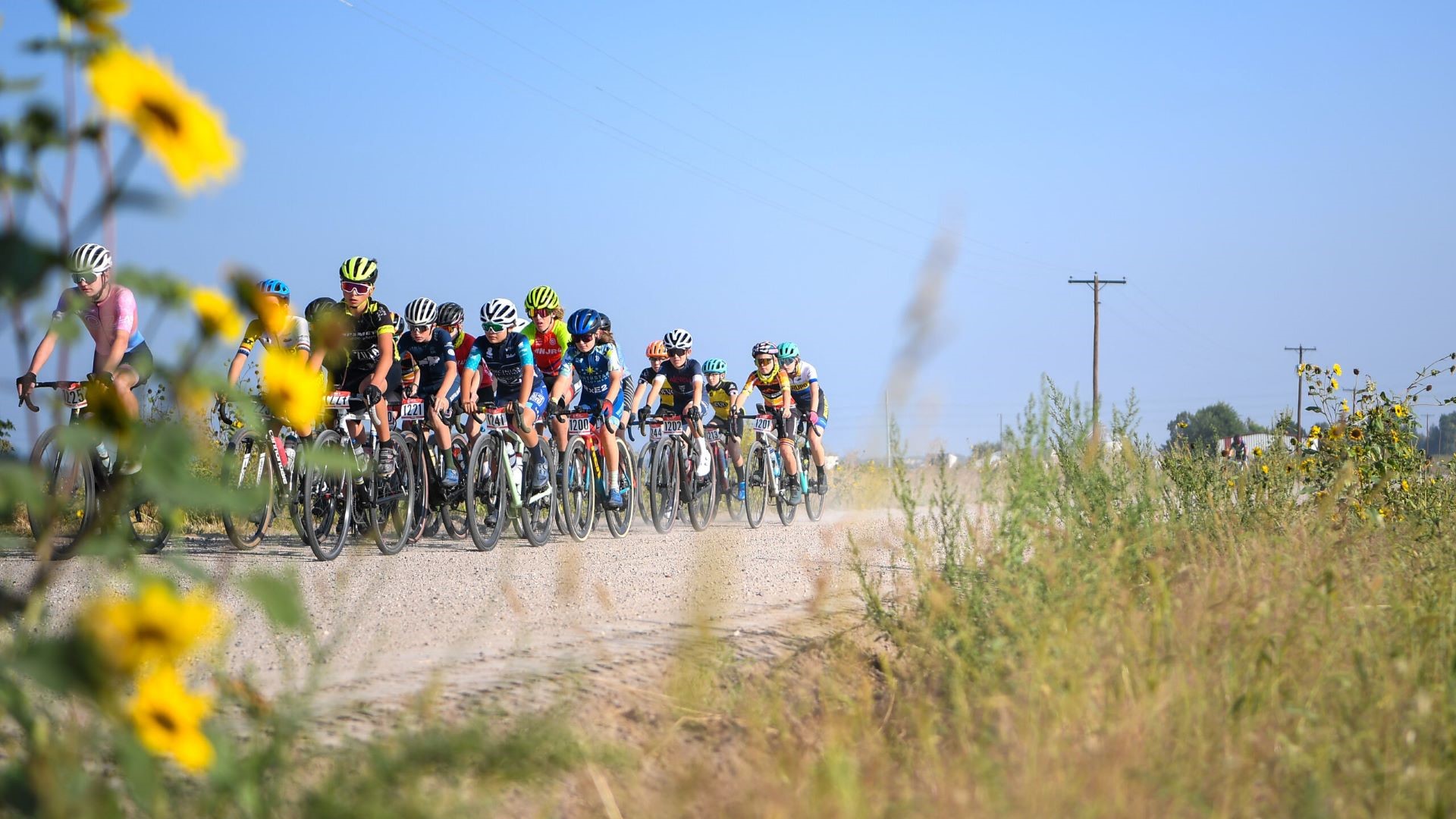 USA Cycling debuts Junior National Series, offering a unique pathway to elite racing
USA Cycling debuts Junior National Series, offering a unique pathway to elite racingFeaturing the biggest races in the US, the new series offers young talent a dedicated talent development and identification pathway
By Anne-Marije Rook
-
 Unofficial Gravel Worlds to offer largest single-day prize purse in the discipline: $100,000
Unofficial Gravel Worlds to offer largest single-day prize purse in the discipline: $100,000With a massive prize purse, a focus on world-class race coverage and staying true to its community focus, Gravel Worlds aims to do more than just keep pace with the growing race scene.
By Anne-Marije Rook